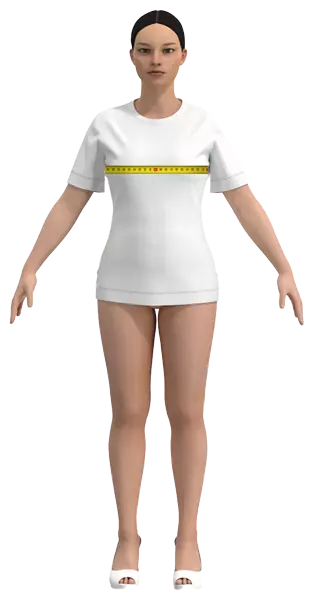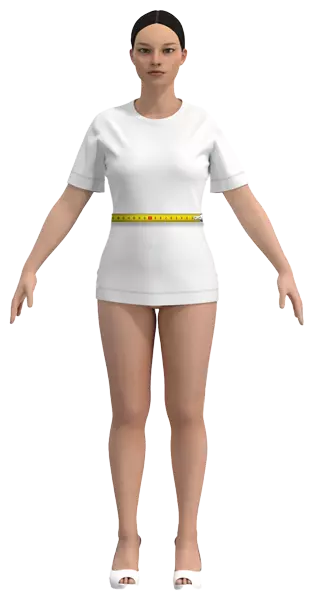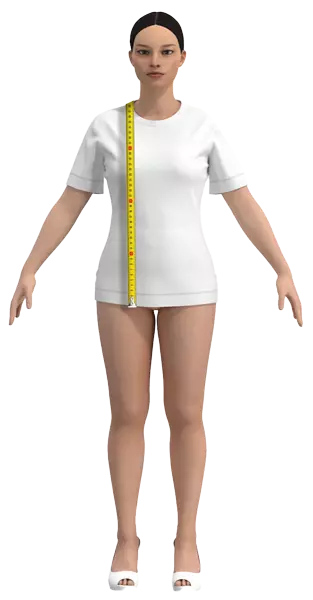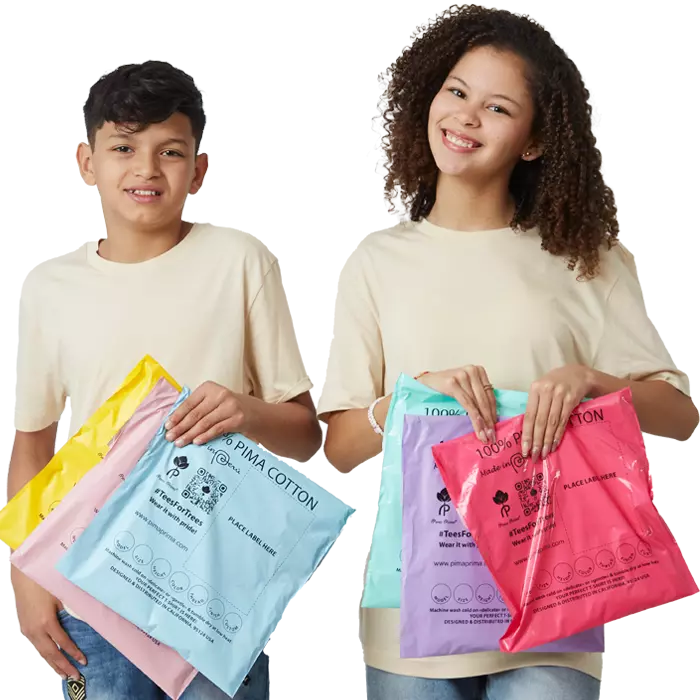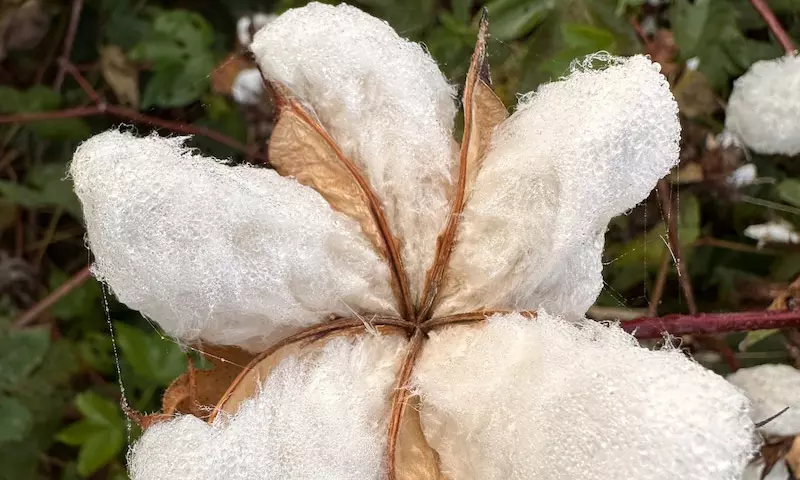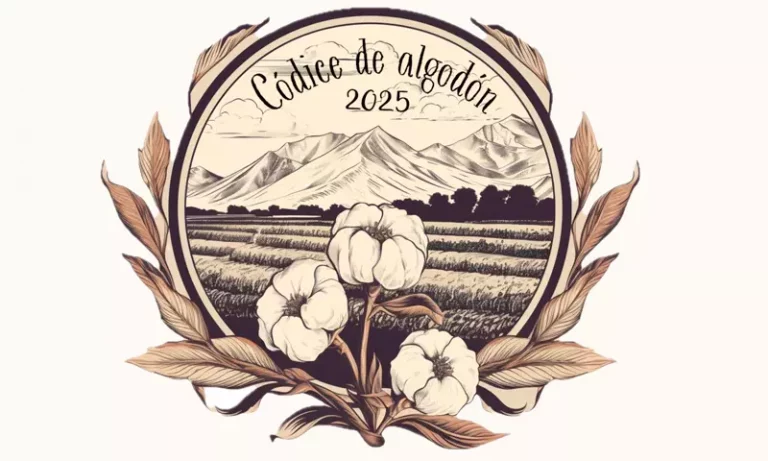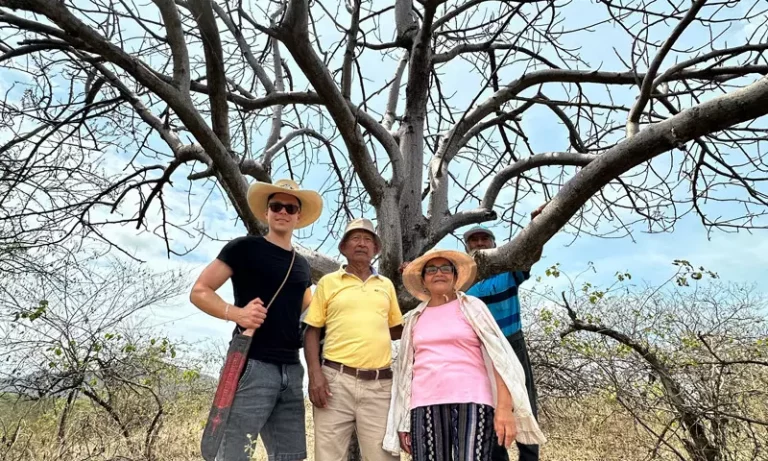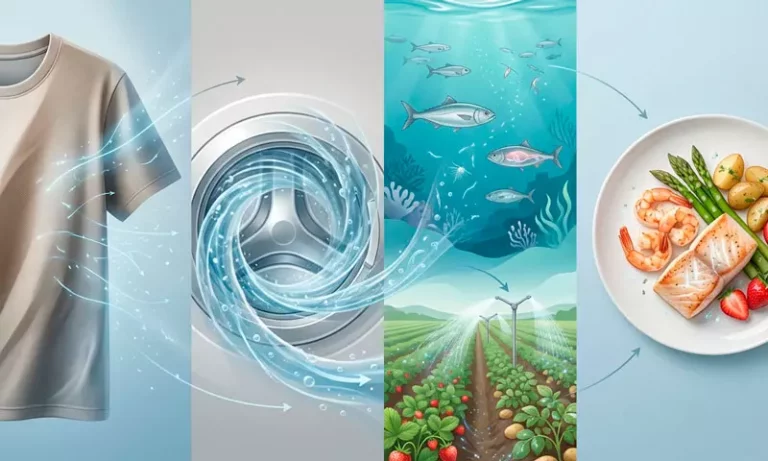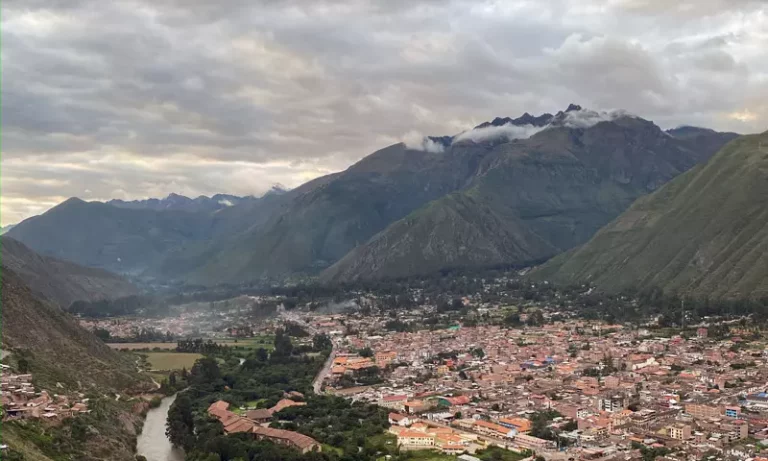Part of the Códice de Algodón project by Pima Prima®
Peru has been spinning stories through cotton for over five millennia. From sacred Inca rituals to the runways of slow fashion, cotton has always been more than just a fiber in this land — it has been a symbol of identity, artistry and resilience. Now, as the world turns toward sustainability, Peruvian cotton is experiencing a renaissance — blending ancient knowledge with eco-conscious innovation.
Welcome to the Códice de Algodón project by Pima Prima, where we honor the past while designing the future — one thread at a time.
Ancient Cotton, Timeless Legacy
Peru is the birthplace of Gossypium barbadense — better known as Pima cotton — famous for its long silky fibers. This prized cotton was first cultivated by civilizations like the Paracas, Nazca, Moche and Inca who turned it into breathtaking textiles dyed with natural pigments and imbued with spiritual meaning.
Gossypium barbadense vs Tanguis Cotton
Peruvian cotton primarily includes two notable varieties: Gossypium barbadense, also known as extra-long staple (ELS) or Pima cotton, and Tanguis cotton. Gossypium barbadense is renowned for its exceptionally long, silky fibers, superior strength and softness, making it ideal for luxury textiles and high-quality garments. Tanguis cotton , on the other hand, is a native Peruvian variety with slightly shorter fibers but remarkable resilience and adaptability to the arid Andean climate. While both types are prized for their quality and historical significance, Gossypium barbadense is typically favored for premium fashion and Pima Prima’s signature products, whereas Tanguis cotton continues to play an important role in traditional Andean weaving and sustainable local textile practices.
In ancient Andean life, cotton went beyond clothing — it was used in ceremonies, burials and trade, woven into textiles that told stories of gods, stars, power and people.
Decline and Resilience: Cotton Through Colonization
The 16th-century arrival of the Spanish disrupted Peru’s cotton culture. European fabrics and forced labor systems devalued indigenous textile practices, replacing them with industrialized methods. Yet in the shadows of colonization, communities preserved their knowledge, passing down loom techniques, dye recipes and textile symbology from one generation to the next.
Revival Through Sustainability: Cotton Reimagined
Today, Peruvian cotton is making a powerful comeback, rooted in tradition and committed to sustainability. Here is how the revival is unfolding:
Organic Cotton Farming
Modern growers cultivate organic Pima cotton without pesticides or GMOs. These methods nurture soil health, protect ecosystems and create safer conditions for farmers.
Natural Dyes, Ancient Formulas
Once nearly forgotten, pre-Columbian dyeing techniques are now at the forefront of eco-textile innovation. Colors made from cochineal (red), indigo (blue) and walnut husks (brown) bring vibrancy to fabrics without chemicals.
Ethical Trade and Artisan Empowerment
Brands like Pima Prima and organizations such as Threads of Peru work directly with indigenous weavers, ensuring fair wages, creative collaboration and community sustainability.
Slow Fashion, Fast Impact
In contrast to fast fashion’s disposability, Peruvian cotton supports the slow fashion movement — valuing longevity, cultural heritage and environmental mindfulness.
Museums Where Cotton History Lives On
Want to see this legacy up close? Peru’s museums offer immersive journeys through textile history:
- Museo Nacional de Arqueología, Antropología e Historia del Perú – Lima
Ancient cotton artifacts, tools and textiles from the earliest Andean cultures
 www.mnaahp.pe
www.mnaahp.pe
Moche, Nazca and Inca textile masterpieces with stunning natural dyes and ceremonial symbolism
 www.museolarco.org
www.museolarco.org
- Museo de Arte de Lima (MALI) – Lima
Explores pre-Columbian to contemporary textile innovations
 www.mali.pe
www.mali.pe
Reveals the Inca’s weaving practices and cotton’s place in empire-building
 museoinkariy.com
museoinkariy.com
Essential Reads on Peruvian Cotton
- Textiles of Ancient Peru and Their Techniques by Raoul d’Harcourt
- The Art of Peruvian Textiles by Alice Meyers
- Threads of Time by Elena Phipps
- Andean Textile Traditions edited by Margot Blum Schevill
Looking Ahead: The Future of Cotton is Ancient
As sustainability becomes more urgent, Peruvian cotton stands as a global model of how ancestral wisdom and modern ethics can unite. Through the Códice de Algodón project, Pima Prima supports a movement rooted in respect — for the earth, for culture and for craft.
We are not just preserving textiles — we are reviving a way of life. A slow, soulful way of creating that honors the land, the people and the stories spun into every fiber.
Join us in celebrating the rebirth of Peruvian cotton — where the past and future are stitched together beautifully and sustainably.
